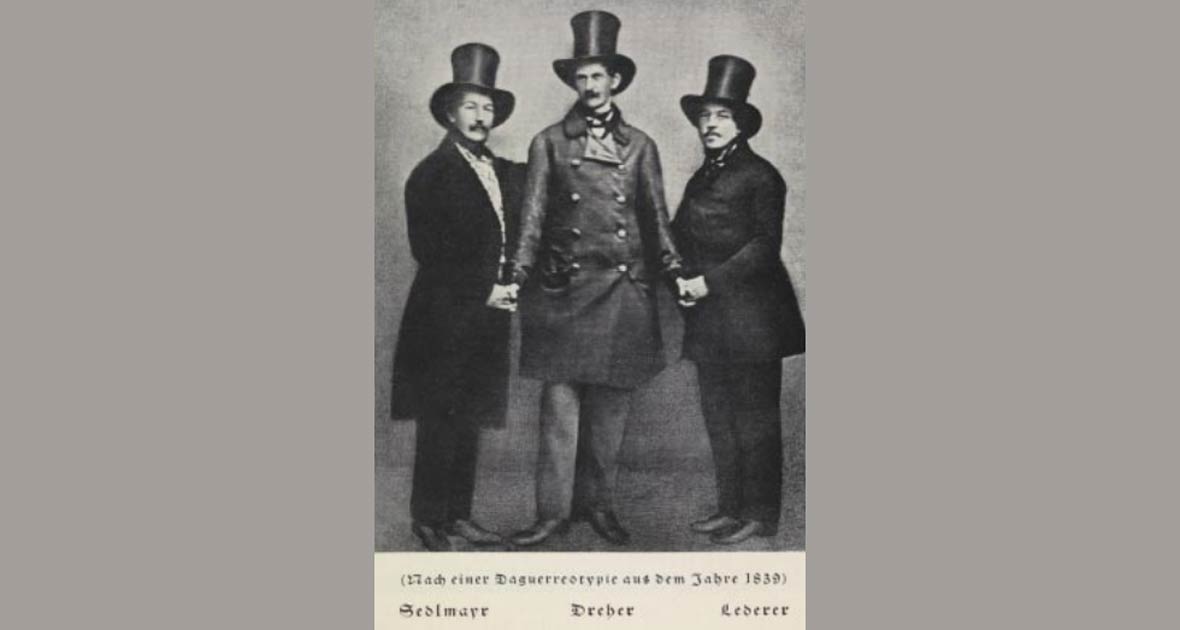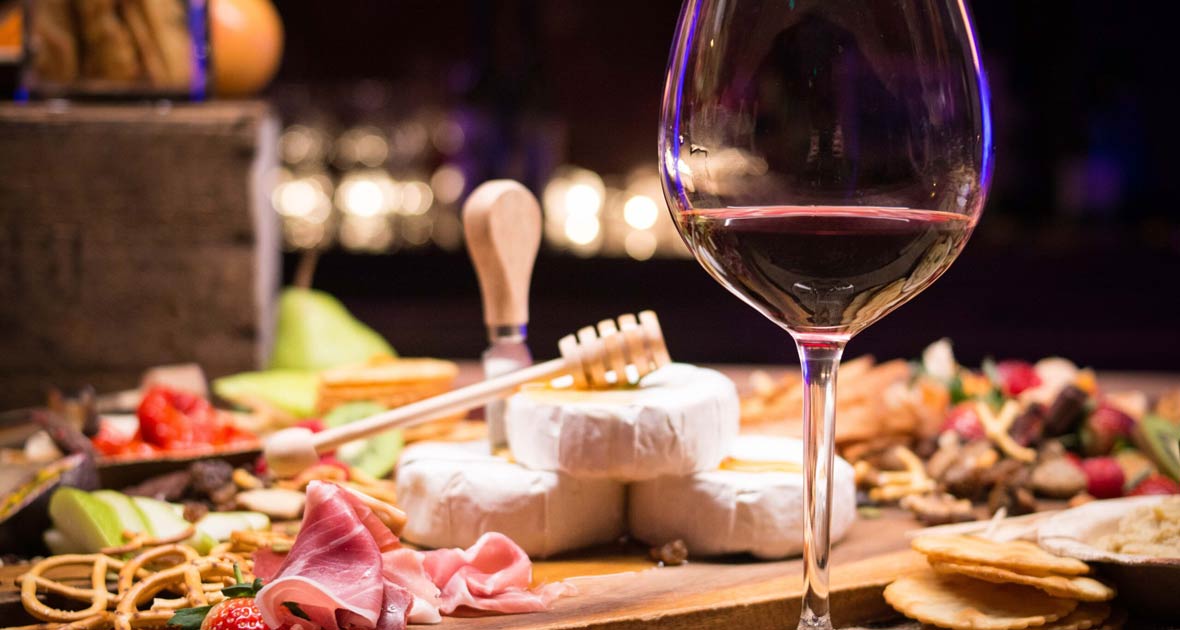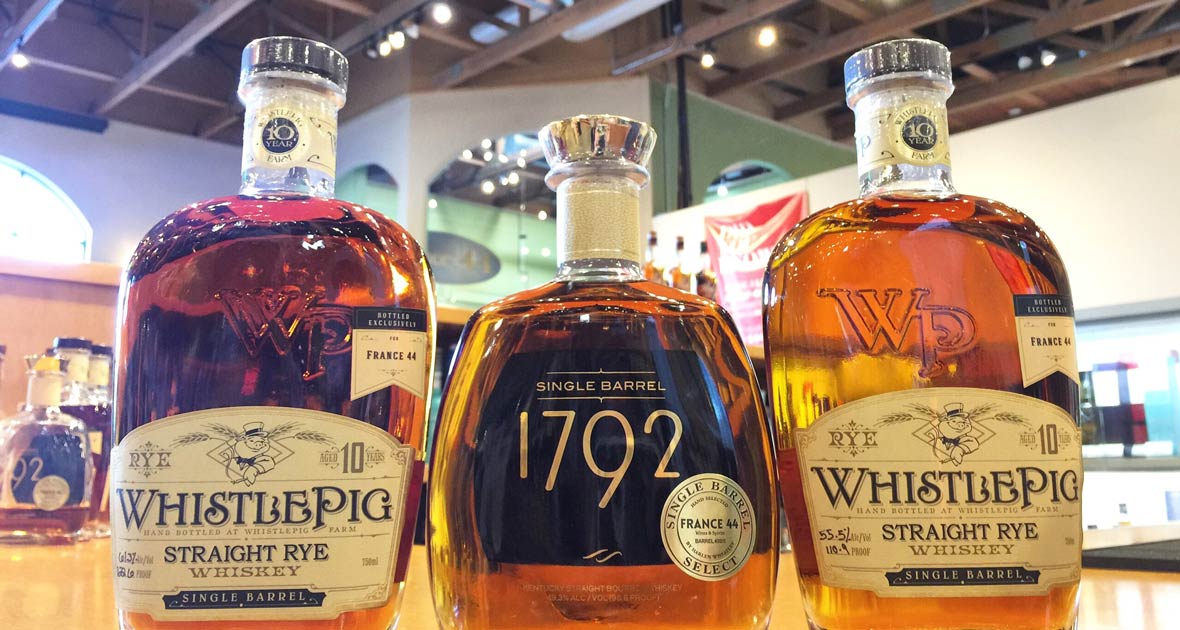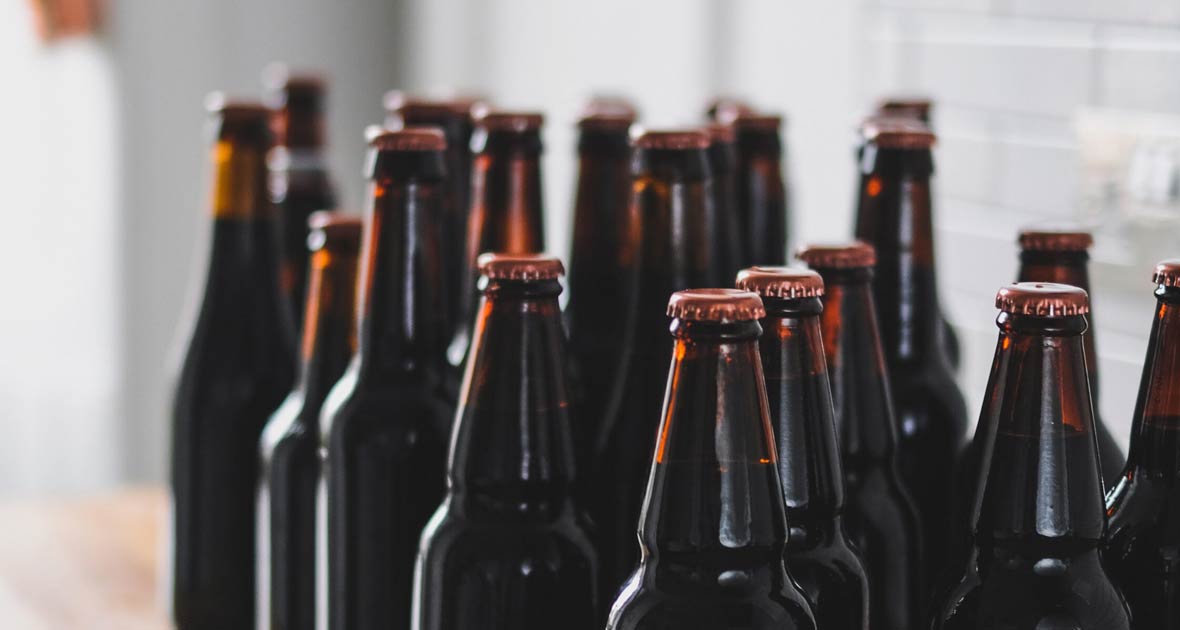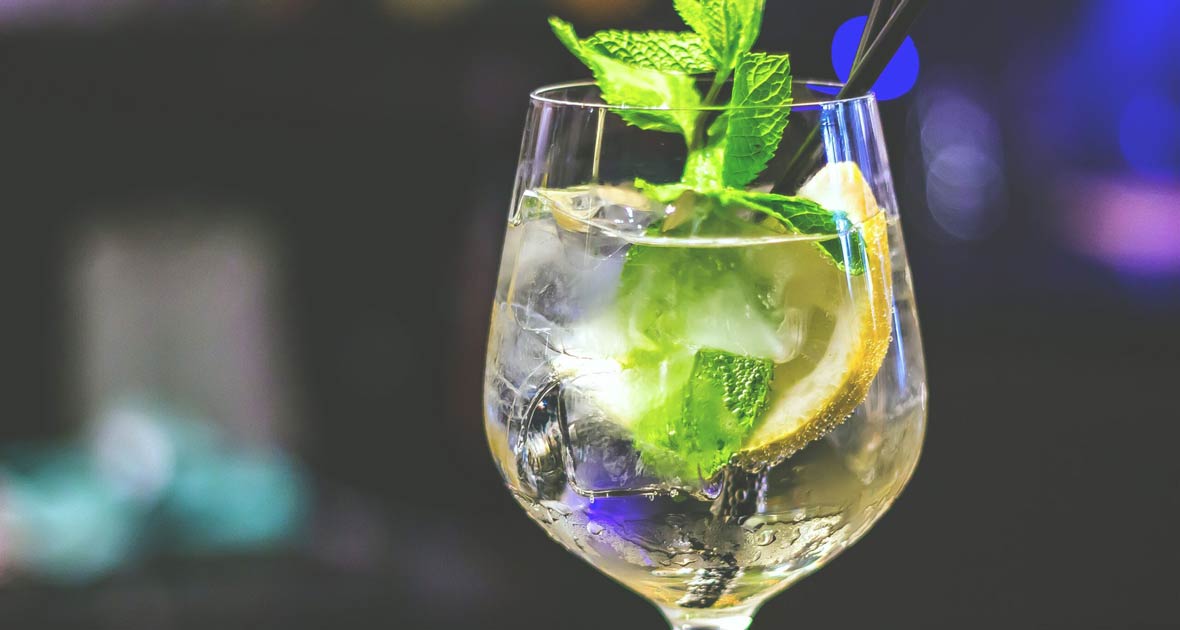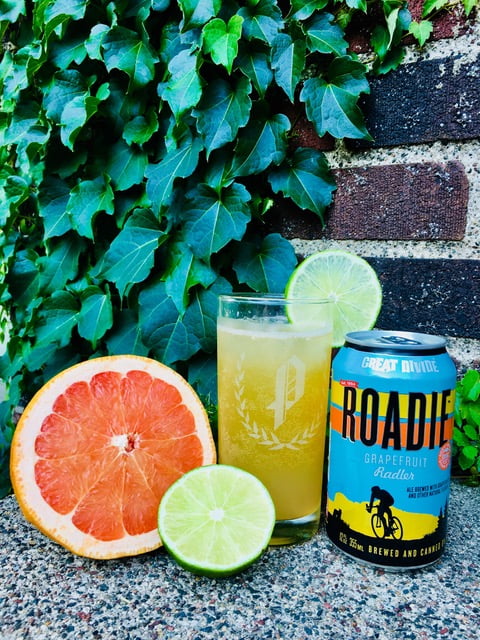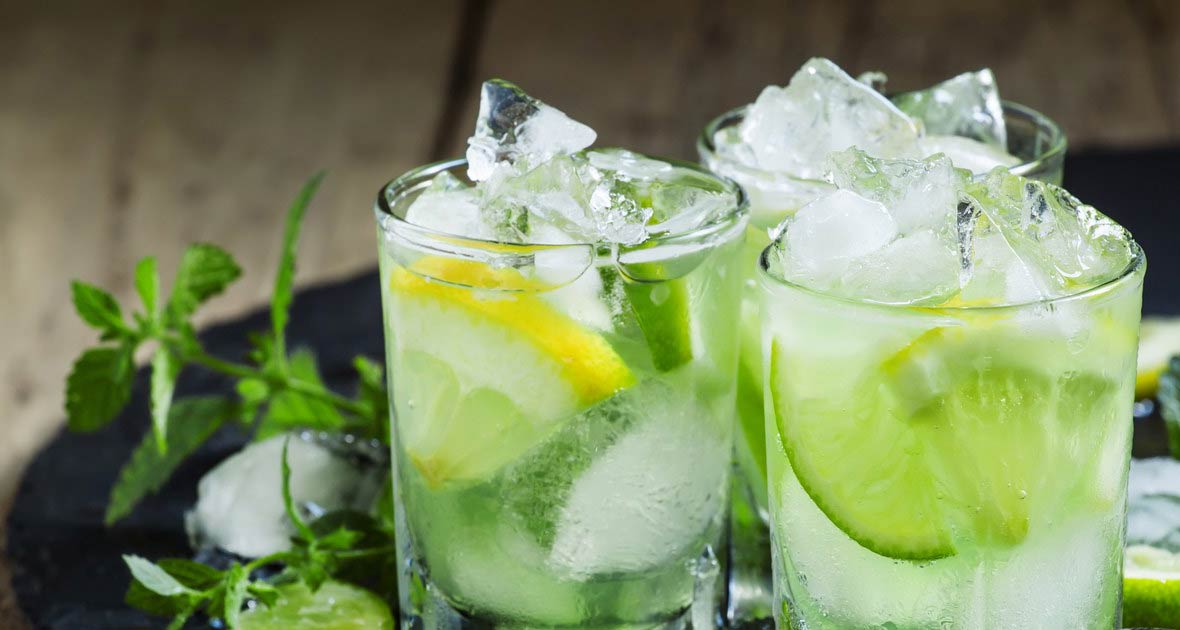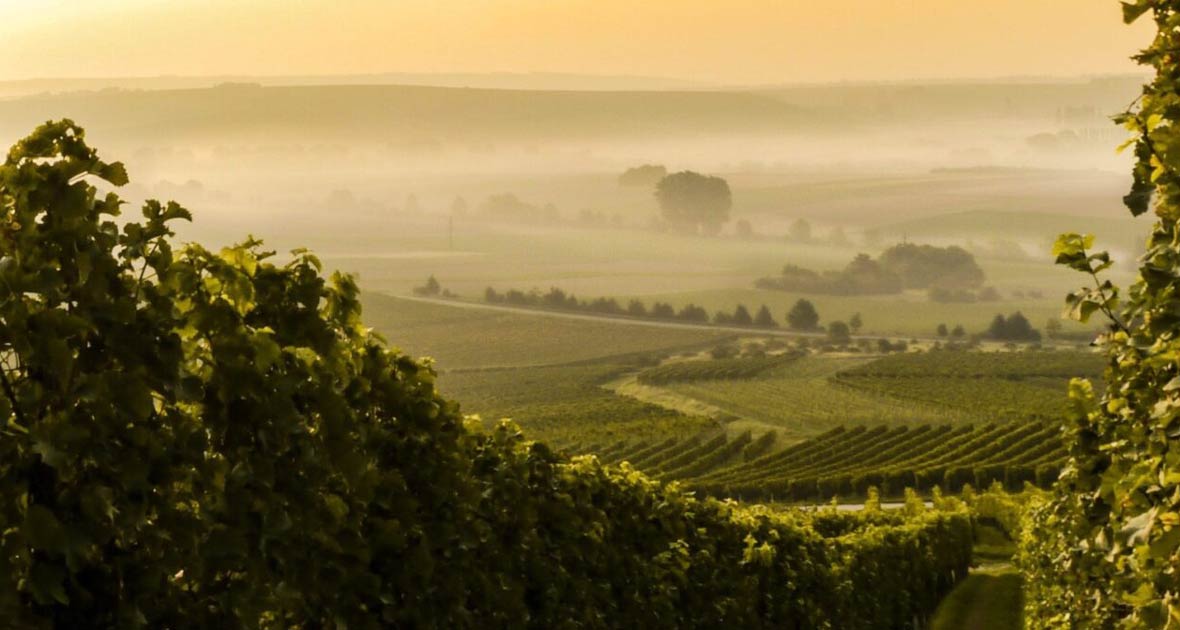While everyone associates märzenbiers and fiestbiers with the fall season, their Austrian cousin is often forgotten. Vienna lagers—cut from the same cloth—deserve your attention this fall.
Continue readingLambrusco Makes a Comeback
This is most definitely the era of new, good, and exciting Lambrusco.
Continue readingNew Single Barrels Have Arrived!
France 44 is the proud owner of three new single barrels of bourbon and rye!
Continue readingBeers of Obscurity
This quest for the obscure has roused many brewers’ creativity, aiding a resurgence of demand for some uncommon beer styles that you might not be familiar with yet.
Continue readingNikka Coffey Gin is Back Plus Two New Summer Gins!
This is a silky citrusy gin best for a gin and tonic, martini with a twist, or a vesper. Get it while you can, limited supplies for now!
Continue readingTake A Can-Do Approach To Summer
It’s safe to say that this is one trend we didn’t see coming–or at least not this quickly.
Continue readingBeer Cocktails, Part III: Paloma Roadies
Summer is summiting its peak, thermometers are flirting with triple digits. Despite the heat, the atmosphere is brimming with energy. Beautiful blues adorn the skies over shimmering waters and lush, green landscapes. Every Minnesotan knows why we put up with the inclement, capriciously cold winter months: Summer-summer-summertime! Times like these call for easy-to-make, quenching cocktails for afternoons on the porch, boat, or wherever the heat takes you.
This Beer Cocktails installment brings together beverages that hail from different sides of the world: Mexico and Germany.
The Paloma is an authentic, beloved Mexican cocktail that effortlessly combines sweet, sour, bitter, and salty elements. While its provenance is unproven, its deliciousness is undisputed. Tequila is the captain of this ship, and grapefruit soda its first mate. Fresh grapefruit juice, lime, and simple syrup (or agave syrup) all man the decks. But this ship isn’t navigating that route, let’s find a new course. Enter: the Radler.
The Radler, or Radlermass as it’s traditionally named, is a Bavarian beverage whose origin is attributed to a Munich innkeeper named Franz Kugler. It translates directly to “cyclist’s liter” because of its invention during the cycling boom of the 1920s. Radler = cyclists. Mass = liter. Franz’s establishment was frequented by many bicyclists in this era who desired refreshing, low-alcohol beverages during their journey. He came up with a 50/50 mix of beer and clear lemonade. It turned out to be a roaring success, and the rest is history. Radlers can be made with many different sodas: lemon, grapefruit, and ginger being the most popular. Because we’re making a Paloma, we’re choosing the Grapefruit Radler. Say goodbye to your soda!
Now let’s get to work.
Tools:
- Cocktail Shaker
- Hand Juicer
- Knife/Cutting Board
- Highball Glasses
Ingredients (Per Serving):
- Altos Reposado Tequila (2oz)
- Fresh-squeezed grapefruit juice (2oz)
- Simple syrup (1oz)
- Fresh-squeezed lime juice (half of lime)
- Ice (small handful for shaker, small handful for glass)
- Great Divide Roadie Grapefruit Radler (for top up)
Steps:
- Cut that grapefruit in half with your favorite knife, juice it with your favorite hand juicer.
- Strain grapefruit juice into a small measuring cup to separate the solids.
- Now cut one of those limes in half, squeeze one of those halves into your cocktail shaker.
- Throw that same half of lime into cocktail shaker like you mean it.
- Pour 2oz of your fresh grapefruit juice into the shaker.
- Pour 1oz of simple syrup into your shaker.
- Pour 2oz of Reposado Tequila into the shaker, maybe a bit more if you’re feeling spicy.
- Toss a small handful of ice into the shaker.
- Shake! Shake! Shake! (20-30 sec)
- Put a handful of ice in your highball glass.
- Pour that delicious mixture over ice in the highball glass.
- Top it up with Great Divide’s Roadie Grapefruit Radler.
- Garnish with a lime wheel.
- Pat yourself on the back and enjoy your not-so-hard work.
- Repeat!
Cachaça and the Caipirinha
We’re smack in the middle of the hot heat of summer and the World Cup is upon us, so why don’t we take a little trip to Brazil and drink some cachaça?
Continue readingRise of the Small Places
by Karina Roe
Remember when you were in high school? Everyone had to take English, Biology, a math class, hopefully some kind of art, language, or music class, and maybe one or two PE classes. It didn’t matter what you were interested in or good at—the system dictated that you needed a foundational education that included all these things to make you a well-formed adult (even though that Pythagorean Theorem has never really worked its way into everyday life). You came out of it with a solid base of knowledge that you could use as a platform to dive into more specialized areas that would become your career—stuff you were actually interested in.
That’s how normal education works. But that’s not how wine education works—at least not today. Unless you’re planning on a career in wine, there’s no one dictating where you should “start” your wine education. In the past, it was common to learn about the classic wine regions of Bordeaux, Burgundy, Champagne, and maybe Germany or Italy once you had graduated from France. But the role of wine has changed for current generations of wine drinkers: instead of having a designated spot at the dinner table, it now has to be invited. While there have been recent articles declaring that wine is just as much a food product as the pork chop you’re drinking it with is, it’s still a conscious decision for us to choose a bottle of wine to drink with our Tuesday night pizza over a liter of Coke. And when we do go for the wine, we’re not simply choosing between white and red anymore (or Bordeaux or Burgundy)—we’re faced with thousands of options. Aglianico from Campania. Trousseau Gris from California. Bobal from Spain. Plavac from Croatia. Suddenly, the very first wine you ever drink has just as much of a chance being Frappato from Sicily as it does being Cabernet Sauvignon. There’s no such thing as a classical wine education anymore.
Yes, wine is being regularly invited back to the dinner table, but today’s drinkers are far less interested in The Classics. This isn’t a bad or a good thing—it just is. People know that Bordeaux exists, but the name itself seems to carry a dusty, tired weight with it. And to add insult to injury (or actually the other way around in this case), many classic wine regions suffered massive losses during the 2017 vintage largely due to spring frosts and hail. Bordeaux reported their 2017 vintage as totaling only half of what 2016 produced. 2017 was France’s smallest crop since 1945. Most parts in central and southern Italy suffered losses as well. And while the availability of the most premium wines will not be severely affected, a lot of the entry-level wines (aka, the only stuff most of us can afford) will disappear. There’s simply not enough grapes to go around.
The combination of these two phenomena is pushing wine drinkers to smaller, marginalized, off-the-beaten-path places. Here’s a current favorite list of wines coming from Small Places (meaning, little recognition or popularity):
Petroni Corse Rose
Created in 1885, Domaine Petroni is located in an idyllic location overlooking the Mediterranean Sea. The blend is 50% Niellucciu, 35% Sciaccarellu, and 15% Grenache (whew, at least we can pronounce that last one). This wine is rich with intense floral and fresh fruit aromas and a touch of minerality. The same complexity is found on the palate with a long, lingering, and refreshing finish.
Los Bermejos Rosado
Los Bermejos is located on the Canary Islands’ easternmost island of Lanzarote. Only 125 kilometers from the African coast, conditions here are extreme. A volcanic explosion that lasted for 6 years in the 18th century covered the entire island in lava and ash 3-5 meters deep. Consequently, each vine must be planted in a hole that breaks through that infertile volcanic crust of petrified lava to the organic matter than can nourish it. Dry, high in acidity and extremely refreshing, this pale pink Rosado from Listan Negro grapes calls to mind a nervy Txakolina, charged with a uniquely Canary minerality.
Los Bermejos Listan Negro Carbonica
The winds that are present on Lanzarote, which act as natural fungicides, are so ferocious that each vine’s hole is surrounded by rock walls for protection. All the vineyard work is done here meticulously by hand, and quantities are extremely low. All these factors combine to make the Los Bermejos wines incredibly unique. This Listan Negro is made using 100% carbonic maceration, and is an extremely fresh and bright wine meant to be drunk young and with a chill.
Musar Jeune Blanc
In 1930, at just 20 years old, Gaston Hochar founded Chateau Musar, inspired by Lebanon’s 6,000-year winemaking tradition and his travels in Bordeaux. Through a 15-year-long civil war and political unrest, the Hochar family has been the pinnacle of quality and success in Lebanon’s wine industry. Today, Gaston’s grandsons have taken the reins and are continuing the winery’s legacy. Their Jeune Blanc is is an unoaked blend of Viognier, Vermentino, and Chardonnay from young Bekaa Valley vines. Crisp and aromatic, this eclectic blend of French and Sicilian varieties has its own distinct personality—passionfruit, apples, elderflowers—and a dry, refreshing finish.
Musar Hochar Rouge
Hochar Rouge has often been described as the ‘second’ wine of Chateau Musar, as it does bear some resemblance to their ‘Grand Vin,’ but the comparison stops there. Four years in the making, Hochar Rouge is a blend of Cabernet Sauvignon, Cinsault and Grenache from a single vineyard in the Bekaa Valley. Bottled unfined and unfiltered, this is a richly-textured red that is an ideal choice for casseroles, roasted meats, tuna steaks and Mediterranean dishes.

Skaramuca Plavac Mali
We’ve seen tremendous growth in our “SloCro” selections over the past few years! These fun, characterful wines are eclectic, unique, and packed full of flavor. Plavac Mali is the most significant among the autochthonous grape varieties in Croatia, and realizes its full potential in the most extreme conditions on the Peljesac Peninsula. Considered the king of red wines in this part of the world, the Skaramuca Plavac is a dark ruby color with a well-developed bouquet of ripe black and red fruits, coffee, a gentle earthy tone, and a hint of Dalmatian grass.

Kobal Sauvignon Blanc
One of the innovative leaders in the Slovenian wine industry, Kobal puts the wines of Slovenian Styria on the world’s wine map. These wines come from cool-climate areas and express varietal characteristics beautifully. Extremely similar to Italy’s Alto Adige region, Styria produces well-loved varieties like Pinot Grigio, Sauvignon Blanc, and Pinot Noir. These recognizably-named wines are a stellar introduction to a less well-known region like Slovenia. The aroma of this classic Sauvignon Blanc is reminiscent of passionfruit, gooseberry, and grapefruit. The palate leads into a rich and well-balanced taste, followed by a long and crisp finish. Ready to be enjoyed alone or with light dishes, especially fish and seafood dishes.
The fact that wine drinkers are “discovering” these little-known places and hard-to-pronounce grape varieties is exciting and should be celebrated. Perhaps this will give the classic regions time to recover and right themselves, and don a fresh new face to a new generation of future wine lovers. Perhaps “new classic” regions will become solidified with time. We can only guess what the next 50 years will bring to the wine world, but one thing is certain: there’s never been a more exciting time to drink wine.
Gifts for Dad
From the ultra-cheesy to the thoughtfully meaningful, everything on this list is 100% bona fide for the paterfamilias in your family.
Continue reading